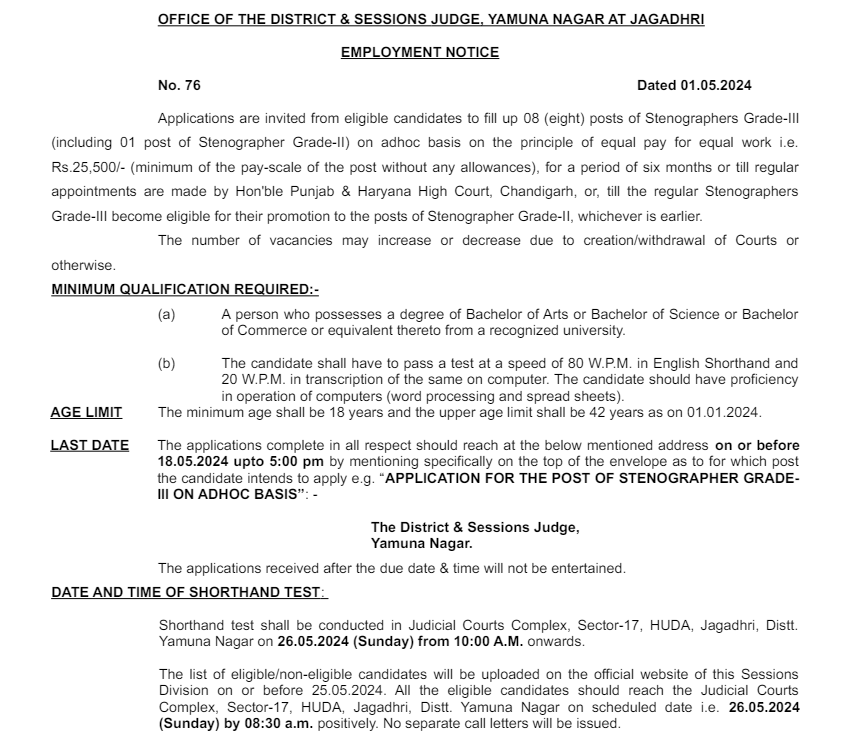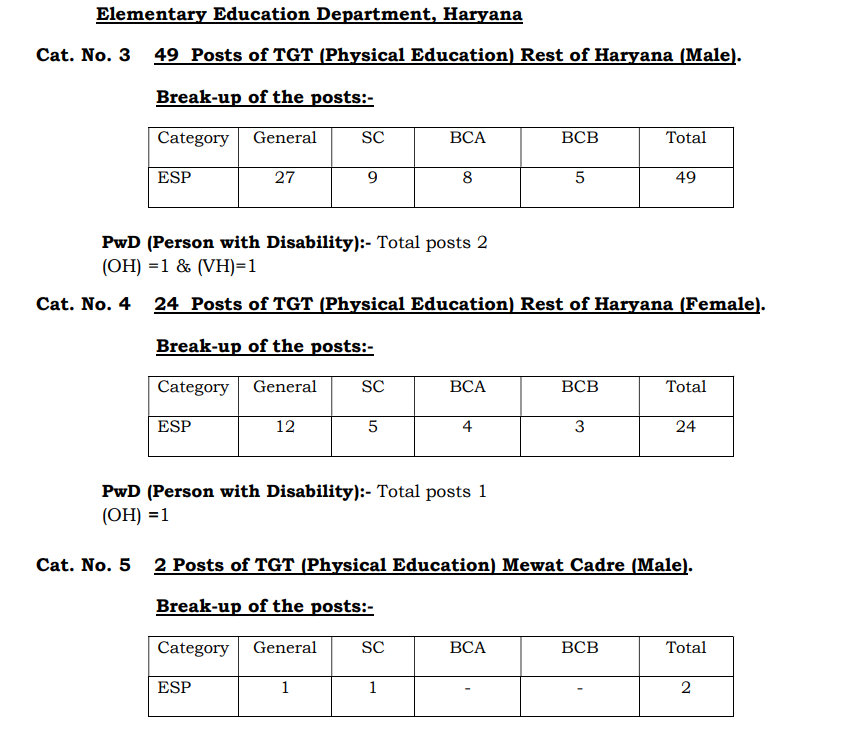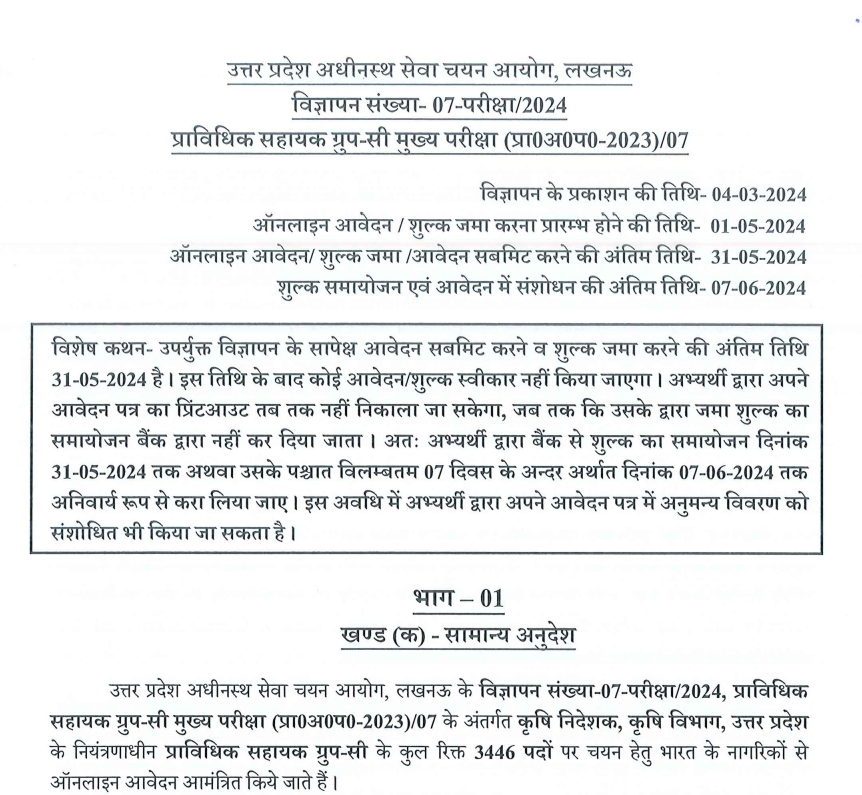ANALOG ELECTRONICS 1

Category –EE Online Test
Telegram-Join Us On Telegram
Attempt Free ANALOG ELECTRONICS 1 Here. Read The Important Electrical MCQ From Below.
ANS-BOLD OPTION
- Which of the following amplifier is considered linear?
- Class A
- Class B
- Class C
- Either A or B
- The voltage gain of a common collector configuration is
- Unity
- Zero
- Very high
- Moderate
- A two-transistor class B power amplifier is commonly called
- Push-pull amplifier
- Dual amplifier
- Symmetrical amplifier
- Differential amplifier
- If a transistor is operated in such a way that output current flows for 160 degrees of the input signal, then it is
_________ operation.
- Class A
- Class C
- Class B
- Class AB
ANALOG ELECTRONICS 1
- Which coupling has the best frequency response?
- Direct
- RC
- Transformer
- Transistor
- A transistor amplifier has high output impedance because
- Emitter is heavily doped
- Collector is wider than emitter or base
- Collector has reverse bias
- Emitter has forward bias
- Which of the following is considered an amplifier figure of merit?
- Gain-bandwidth product
- Beta (β)
- Alpha (α)
- Temperature
- What piece of equipment in an oscilloscope is used to indicate pulse condition in a digital logic circuit?
- Probe
- Test prods
- Connector
- Logic probe
ANALOG ELECTRONICS 1
- What linear circuit compares two input signals and provides a digital level output depending on the relationship of the input signals?
- Comaparator
- Controller
- Compressor
- Switch
- What type of coupling is generally used in power amplifiers?
- Transformer
- Direct
- RC
- Inductive
- Which amplifier whose output current flows for the entire cycle?
- Class A
- Class B
- Class C
- Class AB
- The coupling capacitor Cc must be large enough to ___________ in an RC coupling scheme.
- Pass dc between the stages
- Dissipate high power
- Prevent attenuation of low frequency
- Prevent attenuation of high frequency
ANALOG ELECTRONICS 1
- What is the point of intersection of dc and ac load lines called?
- Operating point
- Cut off point
- Saturation point
- Breakdown
- An oscillator produces _________ oscillations.
- Damped
- Modulated
- Undamped
- Sinusoidal
- What is the operating point in the characteristic curve called?
- Quiescent point
- Load point
- Biasing point
- Saturation point
- Oscillators operate on the principle of
- Positive feedback
- Negative feedback
- Signal feedthrough
- Attenuation
ANALOG ELECTRONICS 1
- In a class A amplifier, the output signal is
- Distorted
- The same as the input
- Clipped
- Smaller in amplitude than the input
- What happens if the input capacitor of a transistor amplifier is short-circuited?
- Biasing conditions will change
- Transistor will be destroyed
- Signal will not reach the base
- Biasing will stabilize
- Which is used to establish a fixed level of current or voltage in a transistor?
- Biasing
- Loading
- Load line
- Coupling
- Which power amplifier has the highest collector efficiency?
- Class A
- Class C
- Class B
- Class AB
ANALOG ELECTRONICS 1
- What is a non-linear type of amplifier?
- Class C
- Class AB
- Class B
- Class A
- An AF transformer is shielded to
- Keep the amplifier cool
- Prevent the induction due to stray magnetic fields
- Protect from rusting
- Prevent electric shock
- Amplitude distortion is otherwise known as _________ distortion.
- Intermodulation
- Harmonic
- Phase
- Resonant
- What represents common-emitter small signal input resistance?
- hie
- hfe
- hib
- hoe
- The ear is not sensitive to ________ distortion.
- Frequency
- Amplitude
- Harmonic
- Phase
ANALOG ELECTRONICS 1
- Class C is an amplifier whose output current flows for
- Less than one-half the entire input cycle
- The entire input cycle
- Twice the entire input cycle
- Greater than one-half the entire input cycle
- If gain without feedback and feedback factor are A and β respectively, then gain with negative feedback is given by
- A/ 1-A β
- A/ 1+ A β
- 1+A β / A
- (1+A β) A
- The collector current in an common base configuration is equal to
- Alpha times emitter current plus leakage current
- Alpha times base current plus leakage current
- Beta times emitter current plus leakage current
- Beta times collector current plus leakage current
- Which is not a basic BJT amplifier configuration?
- Common-drain
- Common-base
- Common-emitter
- Common-collector
- The value of collector load resistance in a transistor amplifier is _______ the output impedance of the transistor.
- Equal to
- More than
- Less than
- Not related
ANALOG ELECTRONICS 1
- What is the purpose of RC or transformer coupling?
- To block ac
- To separate bias of one stage from another
- To increase thermal stability
- To block dc
- The bandwidth of a single stage amplifier is ________ that of multistage amplifier.
- Equal to
- Less than
- More than
- Independent
- What is the time taken by the electrons or holes to pass from the emitter to the collector?
- Transit time
- Recombination
- Transient time
- Duty cycle
- To obtain good gain stability in a negative feedback amplifier, AB is
- Equal to 1
- Very much greater than 1
- Less than 1
- Zero
ANALOG ELECTRONICS 1
- The basic concept of the electric wave filter was originated by
- Campbell and Wagner
- Norton
- Foster
- Bode and Darlington
- Which configuration has the lowest current gain?
- Common-base
- Common-collector
- Common-emitter
- Emitter follower
- Which transistor configuration offers no phase reversal at the output?
- Common-base
- Common-collector
- Common-emitter
- Both A and B
- The number of stages that can be directly coupled is limited because
- Change in temperature can cause thermal instability
- Circuit becomes heavily and costly
- It becomes difficult to bias the circuit
- Circuits’ resistance becomes too large
ANALOG ELECTRONICS 1
- The input capacitor in an amplifier is called __________ capacitor.
- Coupling
- Stray
- Bypass
- Electrolytic
- AC load line has a/an _________ slope compared to that of dc load line.
- Zero B. Smaller
- Smaller
- Bigger
- Infinite
- A multistage amplifier uses at least how many transistors?
- One
- Three
- Four
- Two
- RC coupling is used for ________ amplification.
- Voltage
- Current
- Signal
- Power
- An ammeter’s ideal resistance should be
- Zero
- Unity
- Infinite
- The same with the circuits resistance
ANALOG ELECTRONICS 1
- What circuit increases the peak –to-peak voltage, current or power of a signal?
- Power supply
- Attenuator
- Amplifier
- Filter
- When the non-linear distortion in an amplifier is D without feedback, with negative voltage feedback it will be
- D/ 1+ A β
- 1+ A β / D
- D (1+A β)
- D (1-A β)
- A tuned amplifier uses what load?
- Resistive
- Capacitive
- LC tank
- Inductive
- The voltage gain over mid- frequency range in an RC coupled amplifier
- Changes instantly with frequency
- Is constant
- Is independent of the coupling
- Is maximum
- The input impedance of an amplifier _______ when negative voltage feedback is applied.
- Decreases
- Becomes zero
- Increases
- Is unchanged
ANALOG ELECTRONICS 1
- The input impedance of an amplifier _______ when negative current feedback is applied.
- Remains unchanged
- Decreases
- Increases
- Becomes zero
- To obtain the frequency response curve of an amplifier ________ is kept constant.
- Generator output level
- Amplifier output
- Generator frequency
- Amplifier frequency














